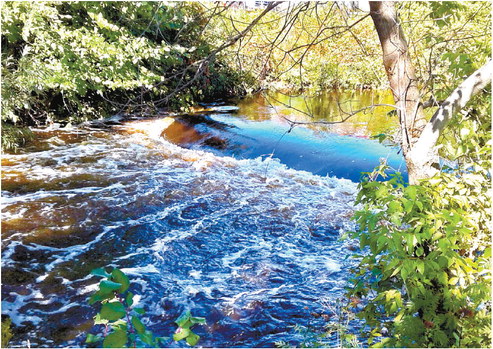Assembly bill package targets groundwater protection


A $10 million package of 13 bills designed to combat groundwater contamination was passed in the Wis. State Assembly on February 18.
The package, championed...


A $10 million package of 13 bills designed to combat groundwater contamination was passed in the Wis. State Assembly on February 18.
The package, championed...